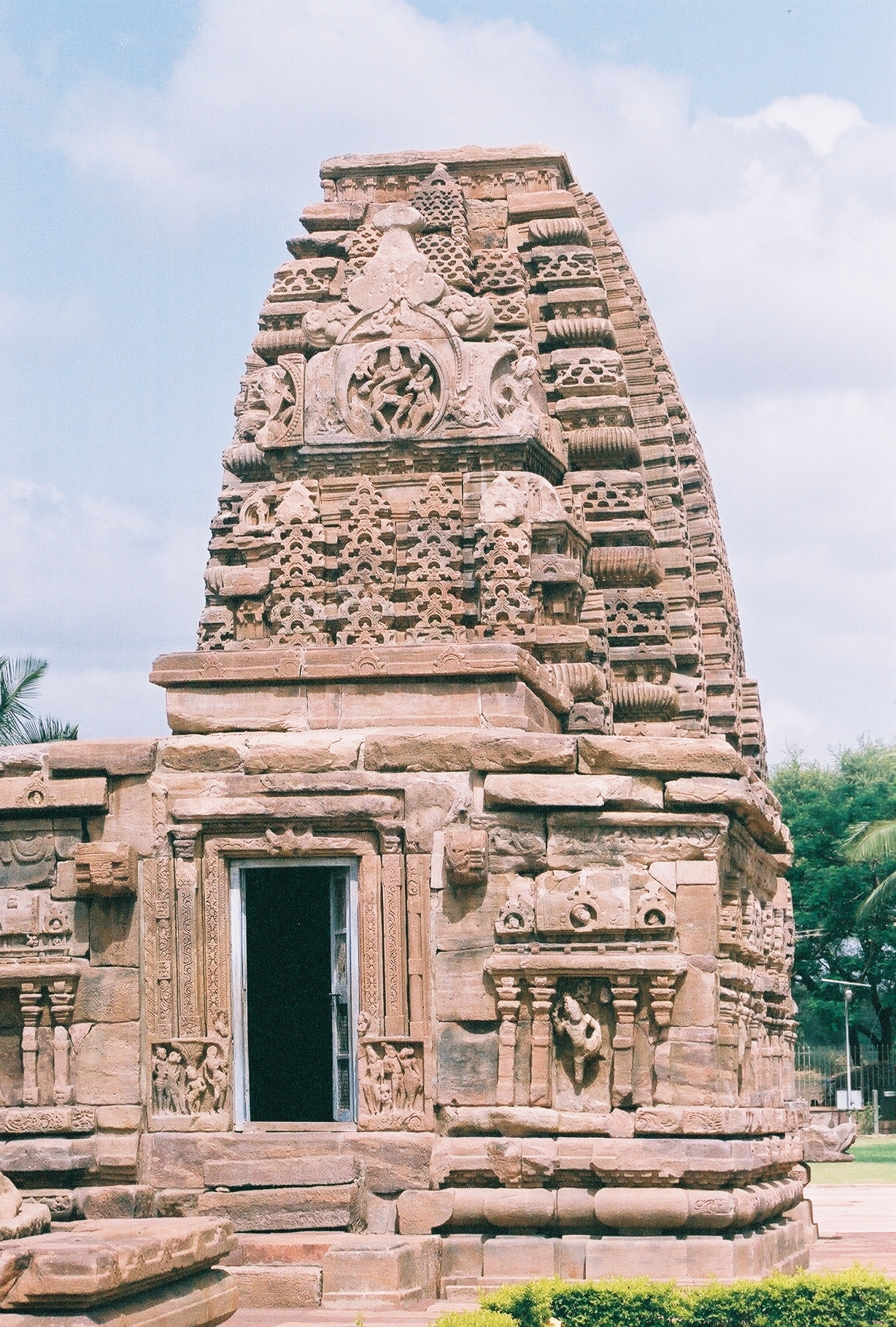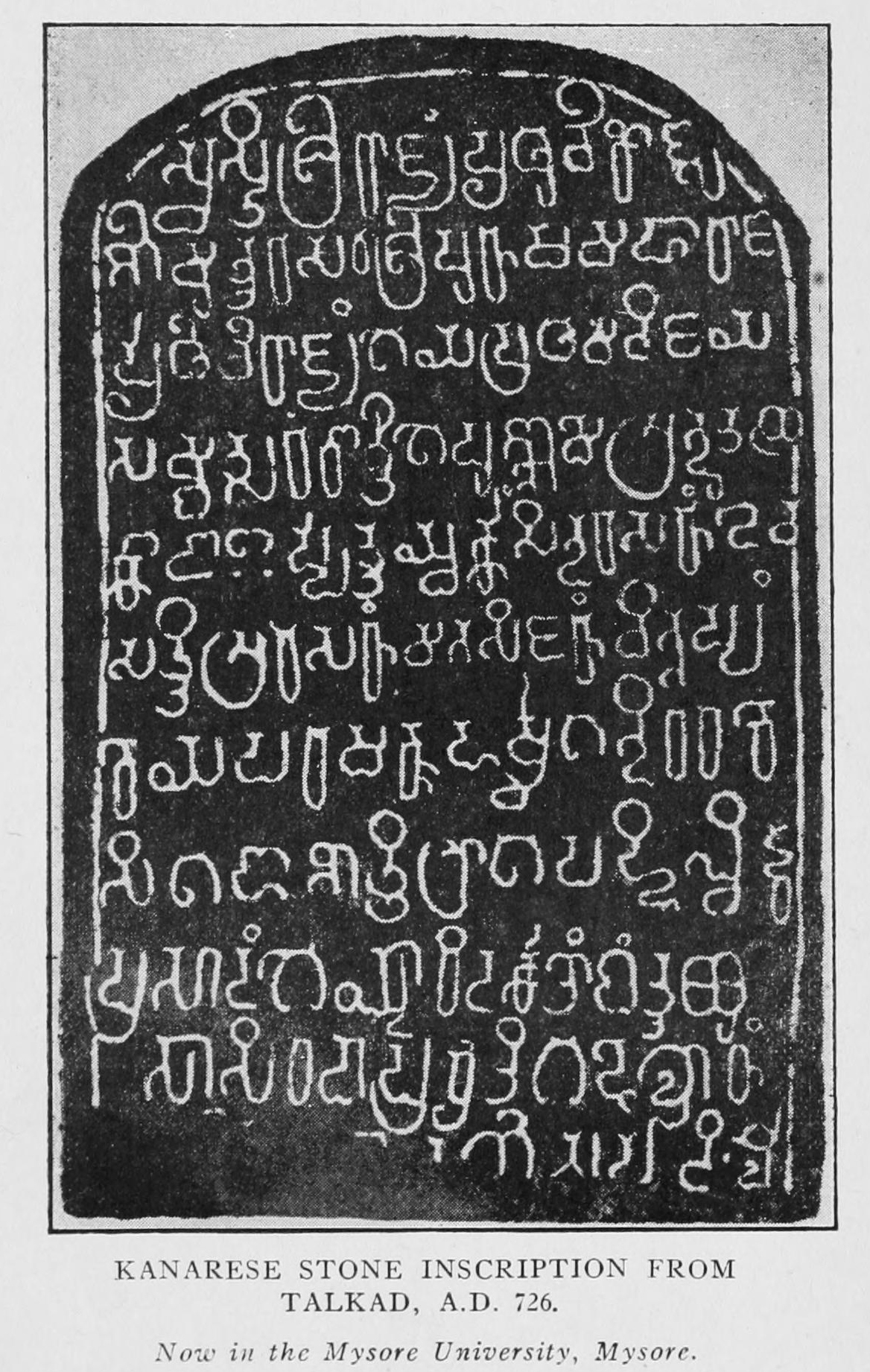|
Dravidian Architecture
Dravidian architecture, or the South Indian temple style, is an architectural idiom in Hindu temple architecture that emerged from South India, reaching its final form by the sixteenth century. It is seen in Hindu temples, and the most distinctive difference from north Indian styles is the use of a shorter and more pyramidal tower over the garbhagriha or sanctuary called a vimana, where the north has taller towers, usually bending inwards as they rise, called shikharas. However, for modern visitors to larger temples the dominating feature is the high gopura or gatehouse at the edge of the compound; large temples have several, dwarfing the vimana; these are a much more recent development. There are numerous other distinct features such as the ''dwarapalakas'' – twin guardians at the main entrance and the inner sanctum of the temple and ''goshtams'' – deities carved in niches on the outer side walls of the garbhagriha. Mentioned as one of three styles of temple building in t ... [...More Info...] [...Related Items...] OR: [Wikipedia] [Google] [Baidu] |
Yali Pillars In A Small Open Mantapa In The Vitthala Temple Complex In Hampi 2
Yali may refer to: * Cyclone Yali (1987), a tropical cyclone that occurred during the 1986–87 South Pacific cyclone season * Cyclone Yali, a tropical cyclone that occurred during the 1997–98 South Pacific cyclone season * Yalı (residence), a water's edge house or mansion in Turkey * Yali (mythology), a Hindu mythical creature with the body of a lion and some elephant features * Yali (volcano), a Greek volcanic island * Yali, Antioquia, a municipality in Colombia * Yali people, a tribe of Western New Guinea ** Yali language, a language spoken by the Yali people * Yale-China Association, known as Yali in Chinese ** Yali High School, Changsha, China * El Yali National Reserve, El Yali, a Ramsar site in Chile * Yali (politician), a New Guinean religious leader, politician and cargo cult leader. * YALI (Linux) (Yet Another Linux Installer), an installer used for installing some Linux distributions, like Pardus. * Yali Falls Dam * Young African Leaders Initiative Leadership initiati ... [...More Info...] [...Related Items...] OR: [Wikipedia] [Google] [Baidu] |
Sri Lanka
Sri Lanka (, ; si, ශ්රී ලංකා, Śrī Laṅkā, translit-std=ISO (); ta, இலங்கை, Ilaṅkai, translit-std=ISO ()), formerly known as Ceylon and officially the Democratic Socialist Republic of Sri Lanka, is an island country in South Asia. It lies in the Indian Ocean, southwest of the Bay of Bengal, and southeast of the Arabian Sea; it is separated from the Indian subcontinent by the Gulf of Mannar and the Palk Strait. Sri Lanka shares a maritime border with India and Maldives. Sri Jayawardenepura Kotte is its legislative capital, and Colombo is its largest city and financial centre. Sri Lanka has a population of around 22 million (2020) and is a multinational state, home to diverse cultures, languages, and ethnicities. The Sinhalese are the majority of the nation's population. The Tamils, who are a large minority group, have also played an influential role in the island's history. Other long established groups include the Moors, the Burghers ... [...More Info...] [...Related Items...] OR: [Wikipedia] [Google] [Baidu] |
Vijayanagara Empire
The Vijayanagara Empire, also called the Karnata Kingdom, was a Hinduism, Hindu empire based in the region of South India, which consisted the modern states of Karnataka, Andhra Pradesh, Tamil Nadu, Kerala, Goa and some parts of Telangana and Maharashtra. It was established in 1336 by the brothers Harihara I and Bukka Raya I of the Sangama dynasty, members of a pastoralist Herder, cowherd community that claimed Yadava lineage. The empire rose to prominence as a culmination of attempts by the southern powers to ward off Islamic invasions of India, Perso-Turkic Islamic invasions by the end of the 13th century. At its peak, it subjugated almost all of South India's ruling families and pushed the sultans of the Deccan beyond the Tungabhadra River, Tungabhadra-Krishna River, Krishna river doab region, in addition to annexing modern day Odisha (ancient Kalinga (historical region), Kalinga) from the Gajapati Empire, Gajapati Kingdom thus becoming a notable power. It lasted until 1646 ... [...More Info...] [...Related Items...] OR: [Wikipedia] [Google] [Baidu] |
Hoysalas
The Hoysala Empire was a Kannadiga power originating from the Indian subcontinent that ruled most of what is now Karnataka between the 10th and the 14th centuries. The capital of the Hoysalas was initially located at Belur, but was later moved to Halebidu. The Hoysala rulers were originally from Malenadu, an elevated region in the Western Ghats. In the 12th century, taking advantage of the internecine warfare between the Western Chalukya Empire and Kalachuris of Kalyani, the Hoysalas annexed areas of present-day Karnataka and the fertile areas north of the Kaveri delta in present-day Tamil Nadu. By the 13th century, they governed most of Karnataka, minor parts of Tamil Nadu and parts of western Andhra Pradesh and Telangana in the Deccan Plateau. The Hoysala era was an important period in the development of South Indian art, architecture, and religion. The empire is remembered today primarily for Hoysala architecture; 100 surviving temples are scattered across Karnataka. Well ... [...More Info...] [...Related Items...] OR: [Wikipedia] [Google] [Baidu] |
Chalukyas
The Chalukya dynasty () was a Classical Indian dynasty that ruled large parts of southern and central India between the 6th and the 12th centuries. During this period, they ruled as three related yet individual dynasties. The earliest dynasty, known as the "Badami Chalukyas", ruled from Vatapi (modern Badami) from the middle of the 6th century. The Badami Chalukyas began to assert their independence at the decline of the Kadamba kingdom of Banavasi and rapidly rose to prominence during the reign of Pulakeshin II. After the death of Pulakeshin II, the Eastern Chalukyas became an independent kingdom in the eastern Deccan. They ruled from Vengi until about the 11th century. In the western Deccan, the rise of the Rashtrakutas in the middle of the 8th century eclipsed the Chalukyas of Badami before being revived by their descendants, the Western Chalukyas, in the late 10th century. These Western Chalukyas ruled from Kalyani (modern Basavakalyan) until the end of the ... [...More Info...] [...Related Items...] OR: [Wikipedia] [Google] [Baidu] |
Rashtrakutas
Rashtrakuta (IAST: ') (r. 753-982 CE) was a royal Indian dynasty ruling large parts of the Indian subcontinent between the sixth and 10th centuries. The earliest known Rashtrakuta inscription is a 7th-century copper plate grant detailing their rule from manapur a city in Central or West India. Other ruling Rashtrakuta clans from the same period mentioned in inscriptions were the kings of Achalapur and the rulers of Kannauj. Several controversies exist regarding the origin of these early Rashtrakutas, their native homeland and their language. The Elichpur clan was a feudatory of the Badami Chalukyas, and during the rule of Dantidurga, it overthrew Chalukya Kirtivarman II and went on to build an empire with the Gulbarga region in modern Karnataka as its base. This clan came to be known as the Rashtrakutas of Manyakheta, rising to power in South India in 753 AD. At the same time the Pala Empire, Pala dynasty of Bengal and the Prathihara, Prathihara dynasty of Malwa were gaining ... [...More Info...] [...Related Items...] OR: [Wikipedia] [Google] [Baidu] |
Western Ganga Dynasty
Western Ganga was an important ruling dynasty of ancient Karnataka in India which lasted from about 350 to 1000 CE. They are known as "Western Gangas" to distinguish them from the Eastern Gangas who in later centuries ruled over Kalinga (modern Odisha and Northern Andhra Pradesh). The general belief is that the Western Gangas began their rule during a time when multiple native clans asserted their freedom due to the weakening of the Pallava empire in South India, a geo-political event sometimes attributed to the southern conquests of Samudra Gupta. The Western Ganga sovereignty lasted from about 350 to 550 CE, initially ruling from Kolar and later, moving their capital to Talakadu on the banks of the Kaveri River in modern Mysore district. After the rise of the imperial Chalukyas of Badami, the Gangas accepted Chalukya overlordship and fought for the cause of their overlords against the Pallavas of Kanchi. The Chalukyas were replaced by the Rashtrakutas of Manyakheta in 75 ... [...More Info...] [...Related Items...] OR: [Wikipedia] [Google] [Baidu] |
Pallavas
The Pallava dynasty existed from 275 CE to 897 CE, ruling a significant portion of South India, the Deccan, also known as Tondaimandalam. The dynasty rose to prominence after the downfall of the Satavahanas, Satavahana dynasty, with whom they had formerly served as feudatories. The Pallavas became a major South Indian power during the reign of Mahendravarman I (600–630 CE) and Narasimhavarman I (630–668 CE), and dominated the southern Andhra Pradesh, Andhra Region and the northern parts of the Ancient Tamil country, Tamil region for about 600 years, until the end of the 9th century. Throughout their reign, they remained in constant conflict with both the Chalukyas of Badami in the north, and the Tamil kingdoms of Chola Dynasty, Chola and Pandyas in the south. The Pallavas were finally defeated by the Chola ruler Aditya I in the 9th century CE. The Pallavas are most noted for their patronage of Hindu temple architecture, the finest example being the Shore Temple, a UNESCO W ... [...More Info...] [...Related Items...] OR: [Wikipedia] [Google] [Baidu] |
Reddi Kingdom
The Reddi kingdom or Kondavidu Reddi kingdom (1325–1448 CE) was established in southern India by Prolaya Vema Reddi. Most of the region that was ruled by the Reddi dynasty is now part of modern-day coastal and central Andhra Pradesh. Origin The fall of the Kakatiya Kingdom in 1323, after being subject to seizes by the Tughlaq dynasty, led to a political vacuum in the Andhras.The Islamic conquerors failed to keep the region under effective control and constant infighting among themselves coupled with the martial abilities of the local Telugu warriors led to the loss of the entire region by 1347. Whilst, this led to the rise of the Musunuris (initially were based in Coastal Andhra) and Recharlas in the Telangana region, the coastal belt saw the rise of a third warrior lineage—the Reddi''s'' of the Panta clan. Established in about 1325 by Prolaya Vema Reddi,(also known as Komati Vema), his territory extended along the coast to Nellore in the south and Srisailam, in the ... [...More Info...] [...Related Items...] OR: [Wikipedia] [Google] [Baidu] |
Kakatiyas
The Kakatiya dynasty (IAST: Kākatīya) was an Indian dynasty that ruled most of eastern Deccan region comprising present day Telangana and Andhra Pradesh, and parts of eastern Karnataka and southern Odisha between 12th and 14th centuries. Their capital was Orugallu, now known as Warangal. Early Kakatiya rulers served as feudatories to Rashtrakutas and Western Chalukyas for more than two centuries. They assumed sovereignty under Prataparudra I in 1163 CE by suppressing other Chalukya subordinates in the Telangana region. Ganapati Deva (r. 1199–1262) significantly expanded Kakatiya lands during the 1230s and brought under Kakatiya control the Telugu-speaking lowland delta areas around the Godavari and Krishna rivers. Ganapati Deva was succeeded by Rudrama Devi (r. 1262–1289) who is one of the few queens in Indian history. Marco Polo, who visited India around 1289–1293, made note of Rudrama Devi's rule and nature in flattering terms. She successfully repelled the attacks ... [...More Info...] [...Related Items...] OR: [Wikipedia] [Google] [Baidu] |

.jpg)




.png)